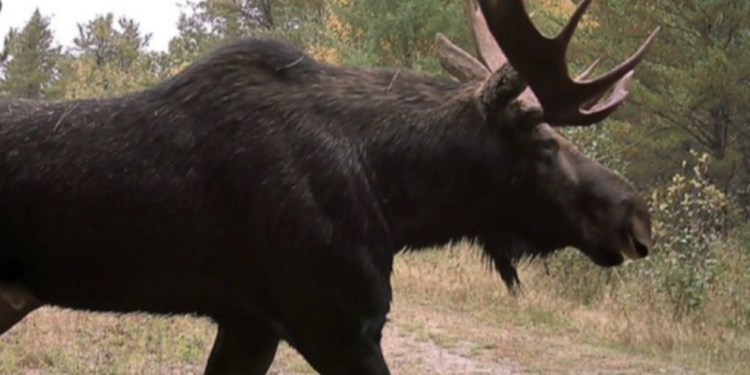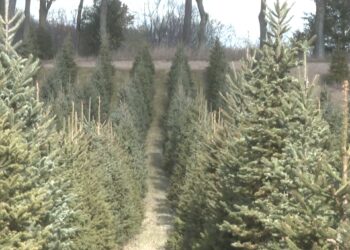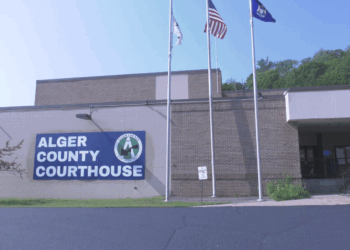MARQUETTE, Mich. (WZMQ) – The Michigan DNR is embarking on an ambitious effort to count all the moose in the UP.
The new census is a collaboration between the DNR NMU and the Keweenaw Bay Indian Community. One of the main goals of this effort is a better understanding of moose behavior and the number of moose from year to year.
“So the last monitoring project for moose, looking at the vital rates and survival was back in the late 90s and early 2000s so those collars really stopped operating sometime around 2005 to 2006,” said Petroelje.
The project also hopes to shed light on why the moose population has remained static.
“In the early 2000s we’re seeing growth rates of about 10% annually, and then over the past decade, we’ve seen a shift where our moose population has really stagnated to about 1% annual growth, or really no growth at all, from year to year, between about 405 100 animals,” said Petroelje.
The process of counting the moose involves tranquilizing the animal from a helicopter, allowing the team to do a full workup on these woodland giants.
“On habitat use, on mortality and survival. It gives us a much closer look, a much finer look at how moose are utilizing the landscape and dispersing across or migrating across that landscape,” said Petroelje.
The endeavor is also very important to the native peoples of the UP.
“From a tribal perspective, it’s a co Stewardship Initiative, and it’s really empowering to us as a tribe to be able to participate in this kind of research,” said KBIC Outreach Coordinator, Austin Ayers.
Once the data is collected, NMU students will step in to process the information.
“We’ll also have undergraduates who will help with data management, archiving samples, sorting through some of the biological samples that we collect,” explained NMU biologist, Diana Lafferty.
The project is set to begin this month in specific moose-prone areas.


















